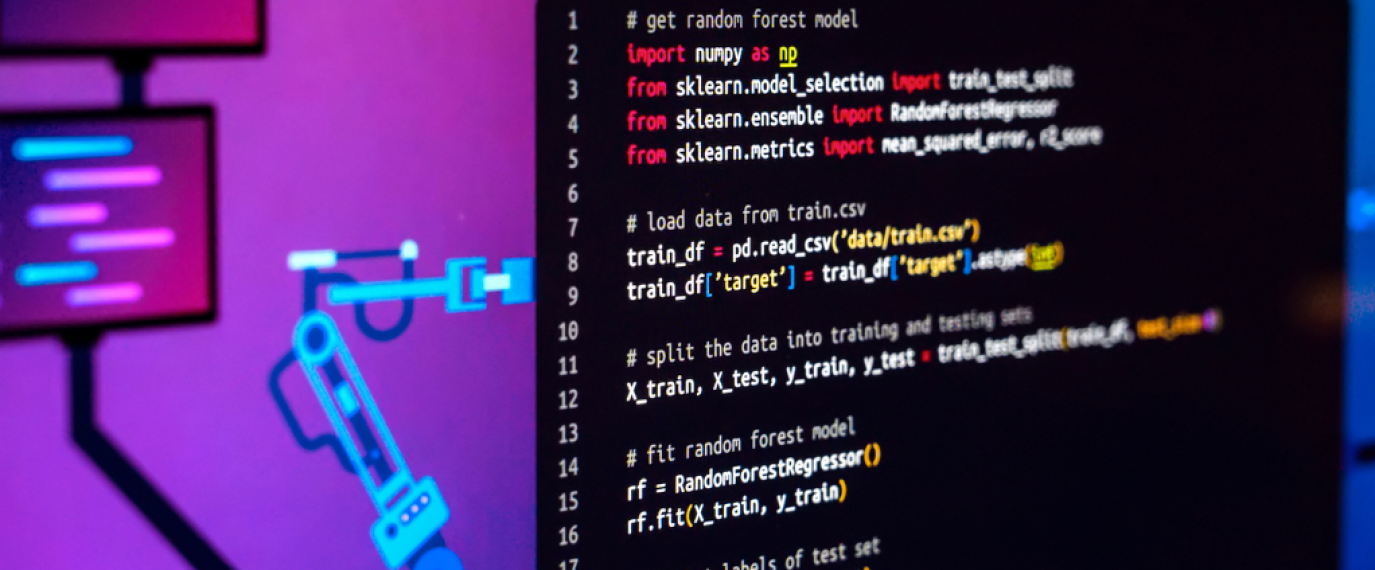Top 5 Front-End Development Trends to Watch in 2024

Front-end development has rapidly evolved, and in 2024, staying on top of the latest trends is essential for developers who want to remain competitive. With new technologies emerging every year, front-end development has become more dynamic and versatile. This article explores the top 5 trends shaping the future of front-end development, focusing on performance, user experience, and accessibility.
1. The Rise of Jamstack Architecture
What is Jamstack?
Jamstack stands for JavaScript, APIs, and Markup. This architecture separates the backend from the front end, creating more efficient, faster, and secure websites. By using static site generators and content delivery networks (CDNs), Jamstack allows websites to load more quickly and handle high traffic without compromising performance.
Why is it gaining popularity in 2024?
With the increasing demand for speed and security, Jamstack’s decoupled architecture has become the go-to solution for developers. It offers better scalability, improved user experience, and easier integration with APIs and microservices. Major companies are adopting Jamstack to enhance performance while reducing complexity.
2. Component-Based Development with Web Components
What are Web Components?
Web components allow developers to create reusable components that can be used across different projects, reducing development time and improving consistency. Technologies like React, Angular, and Vue.js are driving this trend by encouraging the creation of reusable and modular components.
The Benefits of Component-Based Development
Component-based architecture helps developers build scalable, maintainable web applications. It reduces code duplication, makes debugging easier, and fosters collaboration between development teams. In 2024, the use of web components is expected to increase as more developers shift to modular, component-driven approaches.
3. Advancements in CSS: CSS Grid, Flexbox, and Custom Properties
CSS Grid and Flexbox Revolutionize Layout Design
Modern CSS techniques like CSS Grid and Flexbox have made it easier to create responsive and complex layouts. They provide developers with more flexibility and control over how content is arranged on different screen sizes, offering a better user experience.
Custom Properties (CSS Variables)
Custom properties enable developers to store values in reusable variables, making it easier to update styles across an entire website. This trend enhances maintainability and simplifies theming for websites and applications.
4. AI-Driven UI/UX Enhancements
How AI is Transforming Front-End Development
Artificial intelligence is making its mark in front-end development by personalizing user experiences. Tools like machine learning algorithms can analyze user behavior to create more intuitive and dynamic interfaces, offering personalized content and suggestions based on user interactions.
Tools Supporting AI Integration in Front-End Development
AI-powered tools such as Framer, Figma’s AI plugins, and Adobe’s Sensei are helping developers and designers create smart, adaptive interfaces. As AI continues to evolve, front-end development will increasingly rely on machine learning to optimize user experiences.
5. Accessibility and Inclusive Design
Why Accessibility is a Key Trend for 2024
In 2024, web accessibility is not just a best practice but a necessity. Inclusive design ensures that websites are accessible to users with disabilities, improving usability for everyone. Laws and guidelines like the Web Content Accessibility Guidelines (WCAG) have made it mandatory for websites to be accessible.
Best Practices for Building Accessible Websites
Developers are now prioritizing semantic HTML, keyboard navigation, ARIA roles, and contrast ratios to ensure their websites are accessible to all users. In 2024, adopting these practices will become standard as businesses aim to avoid legal risks and improve user experience.
Front-end development in 2024 is all about improving user experience, performance, and accessibility. By staying updated with trends like Jamstack, component-based development, and AI-driven enhancements, developers can build websites that are faster, more secure, and user-friendly. These trends not only make websites more accessible but also future-proof development practices, ensuring scalability and innovation.
